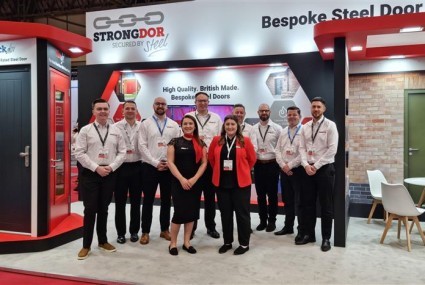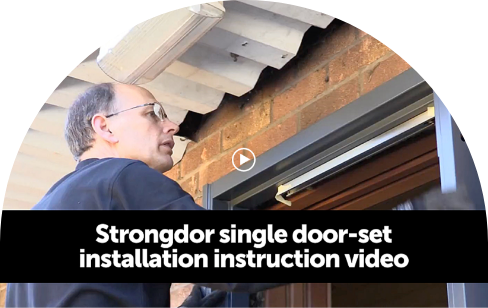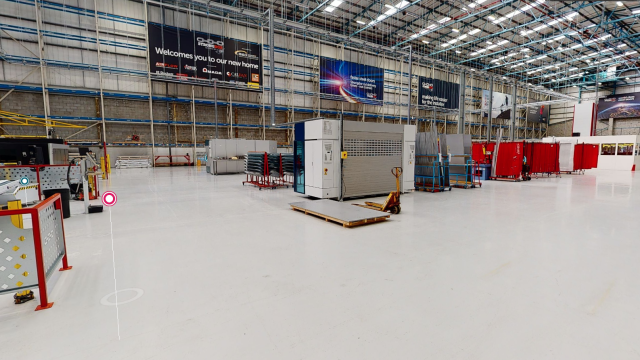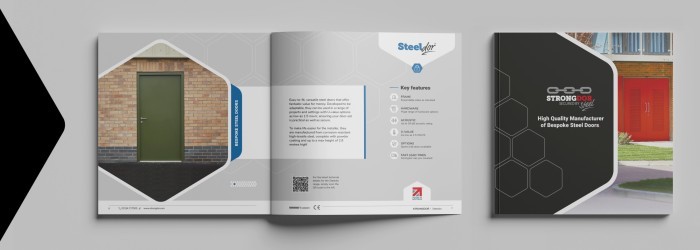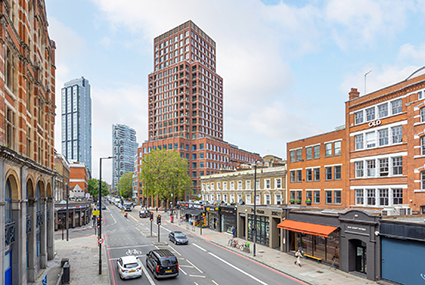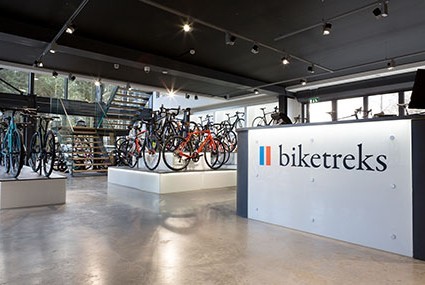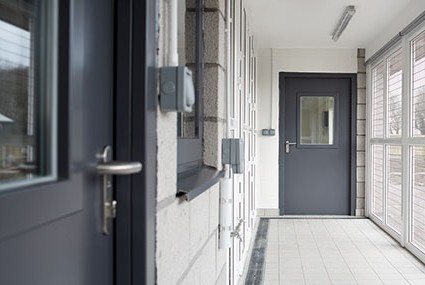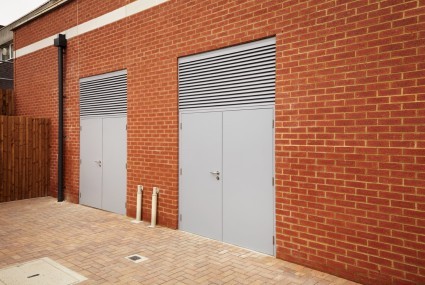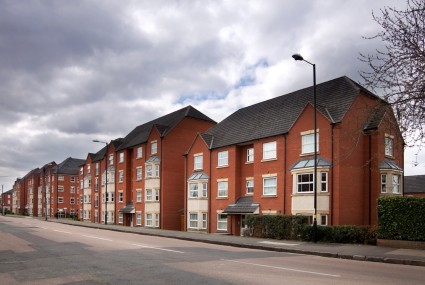What does ‘fail safe’ and ‘fail secure’ mean?
The terminology ‘fail safe’ and ‘fail secure’ are both used in regard to electric locking, and what would happen in the event of a power loss to the hardware.
As the name suggests, electric locking hardware relies on an electric current to work and lock correctly. In a scenario in which electricity can no longer flow through the component (e.g. a power cut), the hardware will either be wired to go into a ‘fail safe’ or ‘fail secure’ state. When installing your door, a qualified electrician can easily set the electric locking to either a ‘fail safe’ or ‘fail secure’ state on site.
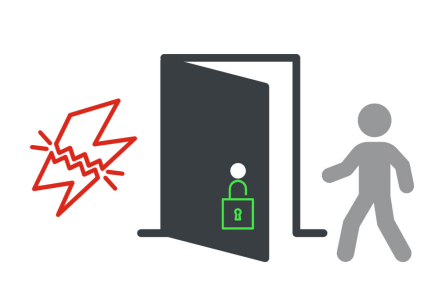
Fail Safe
When your electric locking device is set to ‘fail safe’, it means that when the power is cut, your door will no longer be locked. This allows unprotected access from both inside and outside the door. In order to secure and lock your premises, a key holder must manually lock the door. Fail safe locking is often used in communal housing and commercial spaces where lots of people pass through the building daily.
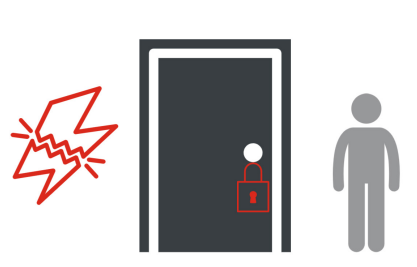
Fail Secure
When your electric locking device is set to ‘fail secure’, it means that when the power is cut, your door will permanently lock and no electronic access device will work. In order to unlock the door a key holder must manually do so. Fail secure locking is often used for premises in which confidential information or high value items may be stored. Examples of these could be cash rooms and Home Office approved gun rooms.
View our full Securidor range and electric locking hardware range or contact a steel door experts for further information in choosing the correct products for your next project on 01524 297673.


